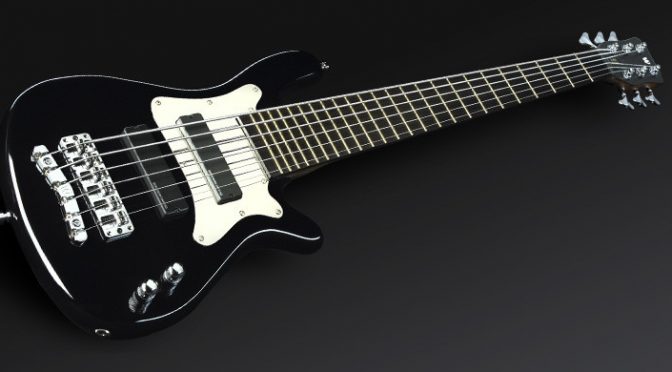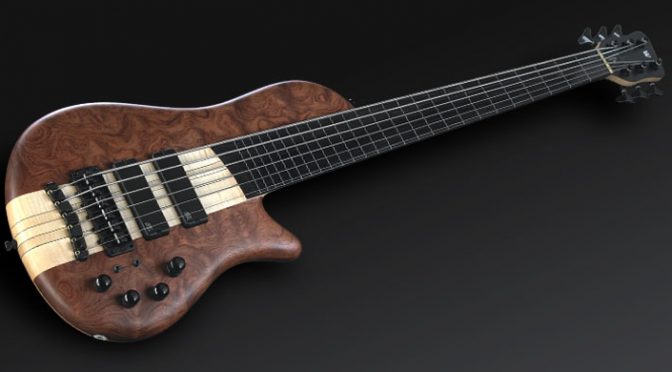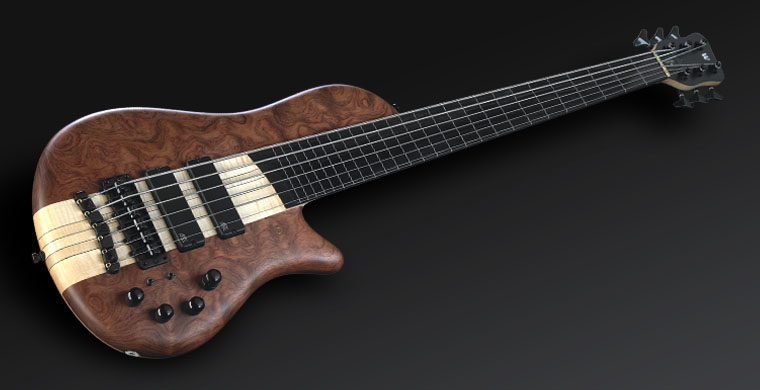Combine Bass and Melody for Solo Bass- Bass Practice Diary – 19th June 2018
This week I’ve been working on arranging jazz melodies for solo bass. I’m incorporating both bass and melody parts into my solo bass arrangements. To help me, I’ve been studying the great jazz guitarist Martin Taylor and specifically his book called Beyond Chord Melody.
Why arrange music for solo bass?
I’ve always felt that 6 string bass guitars are very well suited to being played solo. In many ways better suited than guitars, because there’s the potential to play bass lines in the lower register. I often get comments about being like a guitarist when I play my 6 string basses. And many people can’t understand why I don’t just play the guitar when I play in this style.
It’s not a comparison that I find in any way insulting. I do play the guitar and I love the guitar. But I prefer the bass. And I arrange music for solo bass because, in many musical situations, I prefer the sound of solo bass. It’s also a less common sound because fewer people do it. And there’s nothing more interesting to me than hearing music that I haven’t heard before.
All of my 6 string basses have a range that goes to at least a C above middle C. So there’s more than enough range to arrange melodies in the high male voice tenor voice. And there’s the mid range that is ideal for piano style chord voicing.
Martin Taylor
Martin Taylor is a supremely talented musician, best known for playing solo jazz arrangements on guitar. It would be hard to find a better expert for arranging solo jazz on any instrument. I think it’s so important to study great musicians of all instruments and styles if you want to become a really rounded musician.
His new book Beyond Chord Melody was recently released by Fundamental Changes. The same music book publishing company that published my book Electric Bass: Improve Your Groove (learn more by clicking here). In Beyond Chord Melody Martin Taylor lays out a 7-step approach to solo guitar playing. The steps include harmony, melody, chord melody, inner lines and the one that is most relevant here, melody and bass.



